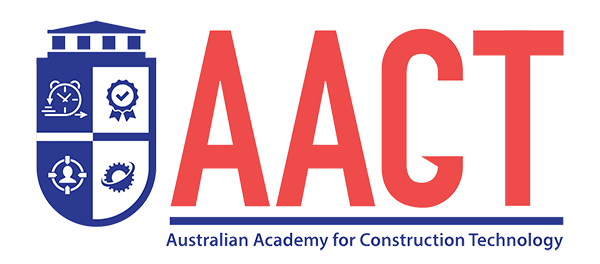Can you recall a success story in your life? (e.g., Passed A/L with 3 As)
Was it something that happened by chance or because of a well-planned strategy?
You can use your strategic thinking to plan and achieve success like your success story above.
Strategic thinking is a cognitive process and a management approach that involves the ability to analyse complex situations (analyse – break down into small pieces, e.g., school work and tuition work), envision future scenarios (if I’m unable to go to school), and formulate effective strategies to achieve specific goals or objectives (e.g. study for 3 hours every day, complete tuition assignments within the week, if absent, ask a friend to WhatsApp me the notes).
Below are the aspects of strategic thinking. I have listed an example to understand each element.
• Big-Picture Perspective (see the broader context and understand how various elements interact) – Complete the contract within budget and on time.
• Forward-thinking (be ready to anticipate future trends, challenges, and opportunities) – Trends: Demand for companies with sustainable projects, Challenges: latent condition risk & and subcontractor shortage/strike, Opportunities: the ability to win similar projects.
• Goal-oriented (have clear and specific objectives) – Complete the project with a 15% margin and submit all notices on time.
• Analytical Skills (analyse data before making decisions, do a SWOT analysis) – Analyse: Check rainfall data and decide potential rain dates when preparing the project program. Weakness: If well-trained welding technicians are unavailable, your company may subcontract it.
• Creativity (generate solutions to solve complex problems) – Should we subcontract or recruit skilled welding technicians or train current staff?
• Risk Assessment (assess risks associated with various courses of action, develop mitigation plans, and take calculated risks) – Take photos of adjoining properties before starting the work (manage any property damage claims). Refuse to accept unforeseeable ground condition risk but accept only the calculated underground rock or buried car risk (calculated risk = 100k).
• Resource Allocation – QS1 manages head contract payments and QS2 manages subcontractor payments.
• Adaptability (adjust strategies in response to changing circumstances) – Even though we initially decided to purchase an excavator, we have now changed it to hiring, as we had to invest respective funds in another project that generates more revenue.
• Communication – Prepare a communication matrix to ensure all relevant parties receive correspondence.
• Alignment with Values and Mission – Regularly meet Clients and facilitate a joint New Year party (value = maintaining relationships).
• Continuous Learning – Conduct a lesson-learned presentation after the end of the project and maintain a lesson-learned register.
How to be better in Strategic Thinking?
Adapt the strategies below if you want to be excellent in strategic thinking.
· Have a growth mindset- this helps you to better resilience and be willing to tackle challenges.
· Seek Diverse Perspectives – Engage a team comprising a wide range of expertise; for contract strategy meetings, you can invite the engineering, design, commercial, legal, etc.
· Scenario planning & analysis- thinking about and planning various possible future scenarios.
· Ask Critical Questions – Be a sceptic person; ask “what if” and “Why not?”
· Mentorship- Get mentored by someone excellent in Strategic Thinking.
· Practice Problem-Solving- regularly tackle complex problems using problem-solving tools like 5Whys or Fishbone diagram.
· Feedback and Reflection – get feedback on your strategic plan and improve.
· Use SWOT analysis, Mind Mapping, and prioritisation skills during strategic planning.
Some companies require to have a “Strategic Meeting” upon the award of any new project. Strategic thinking will be the key to future construction professional success, especially when some of your traditional duties are replaced with BIM or AI-powered solutions. Start conducting further research in this area and implement it in your organisation.
#Strategicthinking #aact #qsonline #leadershipskills #softskills
